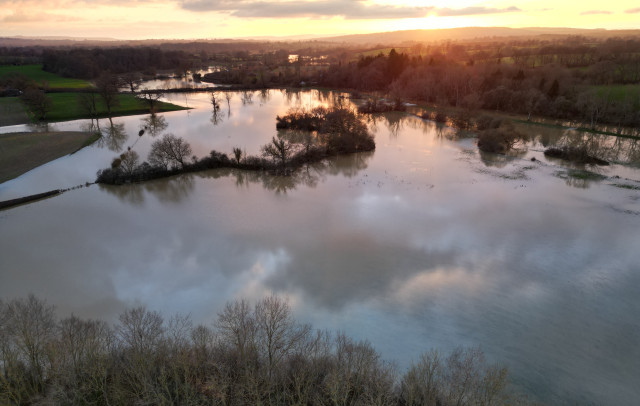“Soils are the foundation for life on earth, providing benefits to the whole world around us.”
Have you ever stopped to think about the soil beneath your feet? What’s going on down there and why should we be concerned about soil health? Well, read on to have your mind blown and your love of soil firmly solidified.
Food grown in soils provides around 98% of all the calories humans consume. That’s a staggering statistic which makes it unequivocally clear that we must look after the soils in which we’re growing our food.
Not only this but it is estimated that more than half of all the species on Earth live in soil - one teaspoon of healthy soil can have 10 billion organisms in it!
Also, soils store more carbon than all the trees and plants, and the atmosphere combined, making it a vital tool in our fight against climate change.
As if that wasn’t enough, healthy soils can help prevent or reduce flooding as they absorb water and slowly release it into the rivers. This means soils can help protect homes at risk of flooding by slowing the water released into rivers during heavy rainfalls.
Soils are amazing, and vital to our lives in so many ways. However our soils are under threat. Some land management practices mean that soils are being sealed (covered with concrete), soil is being eroded and degraded, and carbon is being lost from soils.
Why is a Rivers Trust interested in soil?
As a Rivers Trust we are interested in promoting soil health because pollution from rural areas is one of the main sources of river pollution in our area.
In our area 67% of waterbodies are being impacted by pollution from agriculture and the River Rother is the most erodible catchment in the UK.
Improving soil health can have many benefits both for the landowners and for the rivers.
Healthier soils are less likely to be washed away through erosion as the soils are more strongly bound together, through roots, mycorrhizal fungi, and soil cover.
Healthy soils do not need, or require less, fertiliser or pesticides to function well, and when they are applied the soils are able to hold onto the chemicals and use them more effectively.
When there is flooding, healthy soils can hold onto the water for longer and release the water slowly back into the environment reducing the impacts of heavy rainfall.
How are we helping soils in our catchment?
We are part of Soil SmARt, a collaborative project that is trialing different citizen science methodologies to assess soil health across the Arun and Rother catchment.
The project aims to improve our knowledge of soil health in the local area by co-designing an innovative, in-field citizen science monitoring framework which others can use in the future.
What has the project done so far?
We are currently working with five dedicated “Soil SmART farmers” to develop and test a soil health toolkit for agricultural soils. So far, we have evaluated the most important soil metrics to measure. From this we have developed a Soil SmARt Toolkit and trained the farmers on how to use the equipment and log their results.
The farmers have been sampling over the autumn and will continue into the spring to test the toolkits and understand their soils better. These results will be analysed and compared to industry standard soil sampling.
We have also held a soil training workshop with a local agricultural college – hoping to inspire the next generation of farmers and land managers in the region.
Read more about the project here and find out how our partners have been helping us to carry out this research work.
